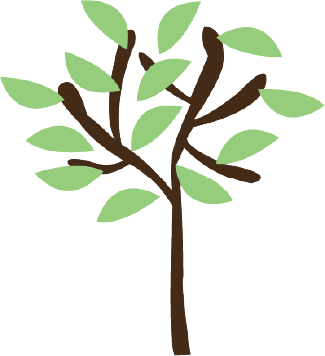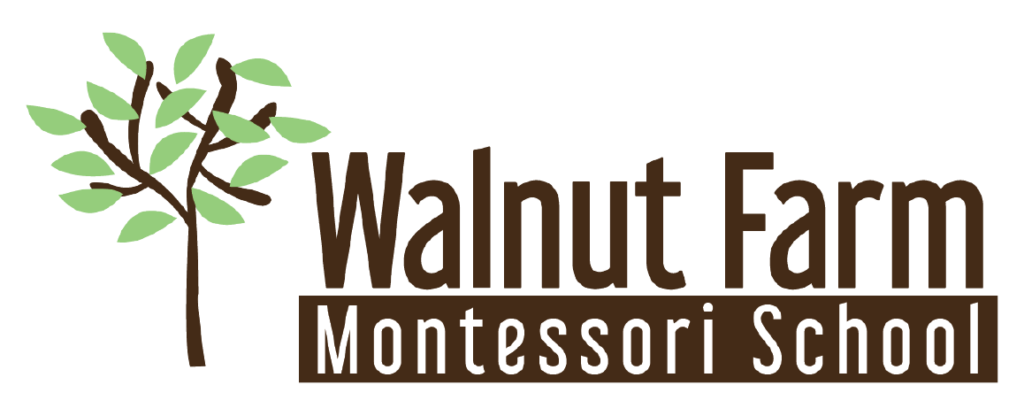By Perla Delgado
We always hear that a child’s mind is like a sponge, and Maria Montessori often referred to young children as having “Absorbent Minds.” On a basic level, language is all about distinguishing between different sounds. Children pick up on language by simply being exposed to it, the sound becomes familiar.
Exposing your child to a second language at an early age can actually change the way your child’s brain is structured by forming connections that otherwise would not. These connections are not necessary only for learning languages; in general they have many advantages like improving cognitive abilities, problem-solving, and multitasking.
Research shows that students who have studied a second language do better in other seemingly unrelated areas such as mathematics and logic. In addition to the executive functioning benefits, the children may also see improvement in the social realm feeling connected to their peers who may come from different cultural backgrounds.
In his manuscript ‘The Limits of My Language are the Limits of My World’ Ludwig Wittgenstein stated, “When a student is bilingual or multilingual, there are no bounds”. Maria Montessori wrote, “The needs of mankind are universal. Our means of meeting them create the richness and diversity of the planet. The Montessori child should come to relish the texture of that diversity”.
Raising my daughters bilingual and bicultural has always been one of our main goals as a family. We live in a household where we only speak Spanish, but when the girls were babies I started reading to them in English, as well as teaching them words in Spanish, English, and Sign Language (for babies).
Having the opportunity to work as an Assistant teacher allowed me to experience, first-hand, the beauty of Montessori education; making me very familiar with how your children learn to learn. This year, as I work with all of your children as their Spanish teacher, I am able to connect my experiences in and knowledge of the Montessori Classroom with my native language and experience in raising bi-lingual children. My teaching philosophy is based on building personal relationships with the children, teaching them through repetition of the same concept with different materials, games, songs, sign language, reading, writing, and conversation according to their developmental stage.
I firmly believe that teachers and parents are partners educating our children. Both parties need to be involved and aware of what and how they are learning. Below you will find a list of activities your children are learning at school.
For Toddlers, songs and playground social time are the way to go. They enjoy songs with finger play and books (see the list below) they also love to go down the slide on the count of three (uno, dos, tres).
For Primary students, we’re practicing introducing ourselves by saying: Hi my name is …. (Hola me llamo… ). We’re learning colors and animals and plan to move on to shapes and days of the week. After they start with more advanced concepts like counting or numbers, I introduce counting from 1 to 5 or 40 (depending on their level). If the children are reading and writing, I introduce reading and writing in Spanish, emphasizing how the same letter many times sound the same or very similar in both languages.
In Lower Elementary we are reading and writing four-letter words. Building vocabulary and reinforcing shapes, colors, and numbers are our main objectives.
In Upper Elementary we are expanding the basic concepts moving towards more complex like reading and writing 4 digit numbers; more complex geometrical shapes and building a dictionary!
Here is a list of some specific recommended resources for you to use with your child at home:
TODDLER:
Music:
Artist: Gallina Pintadita
Album: Gallina Pintadita Vol.2
Track: Pin Pon
YouTube:
For Children Pin Pon Spanish Version:
For Parents Ping Pong English version:
TODDLER AND PRIMARY:
Music:
Artist: Gallina Pintadita
Album: Gallina Pintadita Vol.1
Track: Pollito Amarillito
YouTube:
Mi Pollito Amarillito Spanish Version:
For Parents Little Yellow Chickadee English version:
PRIMARY AND LOWER ELEMENTARY:
Music:
Artist: Baila Baila
Album: Amarillo
Track: Hola
Artist: Baila Baila
Album: Amarillo
Track: Elefante
The way your children’s brain picks information up is pretty impressive and fascinating. I encourage you to play the songs and read the books from the list to your child since, as I said before, repetition is the key. And while you might not be fluent in Spanish, by reading them in English you’re helping them create the right connections of the concepts they are learning at school.
I can’t wait to inspire your children to develop a passion for life-long learning of Spanish and foreign cultures!

